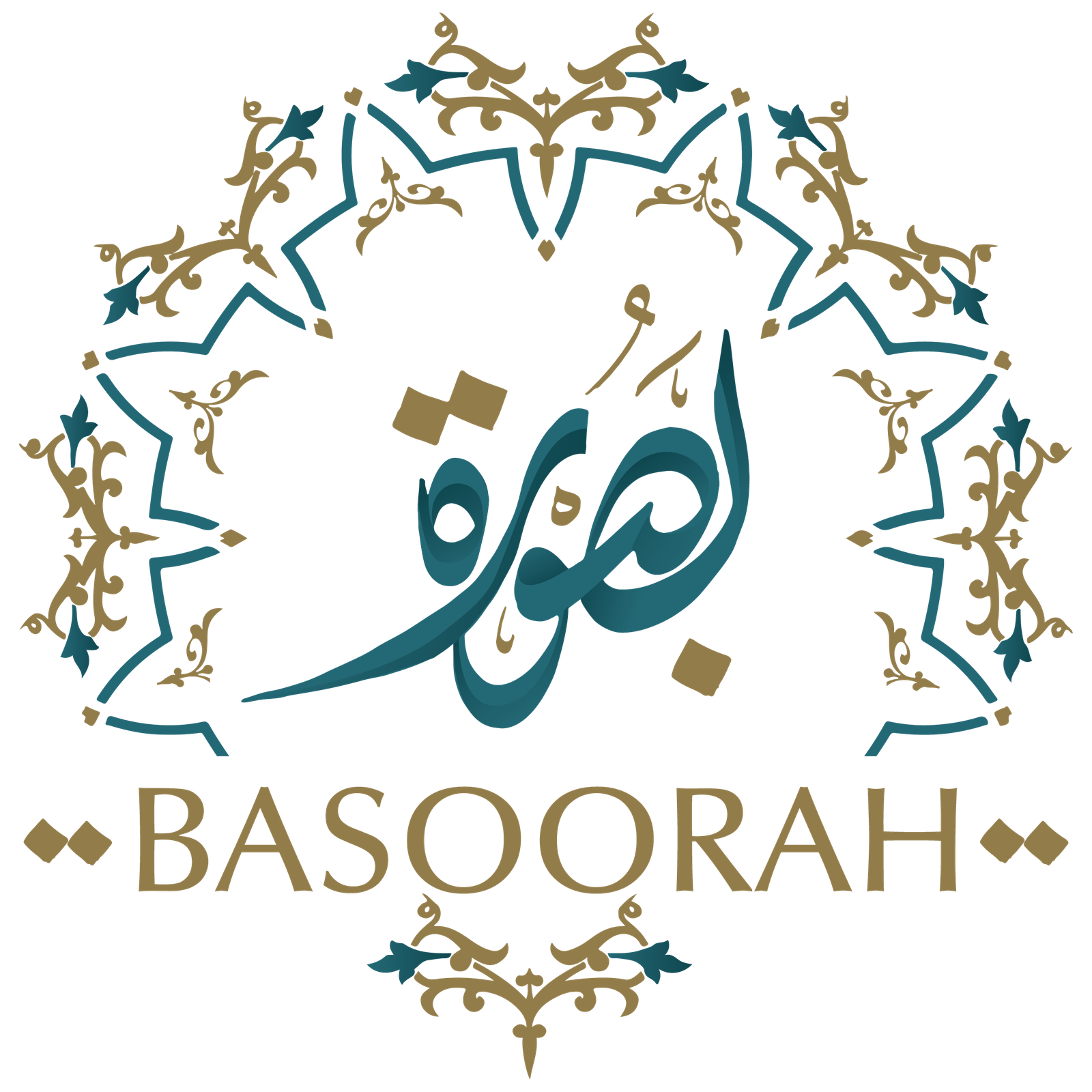Arabic Calligraphy, Calligraphy
ARABIC CALLIGRAPHY ART
Arabic calligraphic art plays a pivotal role in the world due to the beauty and attraction it holds. Calligraphy is the most highly esteemed and most significant component of Islamic art. It was originally considered a means of communication, it became part of contemporary art, decoration, architecture, and design at later stages.
The name calligraphy comes from the Greek words Kallos and Graphos that symbolize beauty & writing. Calligraphic art has been gained popularity in the 7th and 8th centuries after the spread of Islam throughout the world. Since after 10th century, Arabic art has been enhanced and developed itself to abstraction. The art is truly a depiction of visual expression of faith and strong association with religion.
Calligraphy depends upon Arabic verses and secular articles that vary from decorative qualities, pattern, and function. Several factors play their role when it comes to the type of scripting. These topmost factors include script afterward audience, object, approach to make something credible, authentic, and design to make it bewitching.
Different kinds of the script from Arabic calligraphic are famous. The graceful script used specifically for poetry is called s Nasta‘liq. The bold and stately script is used for the Holy Quran manuscript, wedding cards, and diploma certificates.
Let us discuss the development in the script of Arabic calligraphy.
At the beginning of the Arabic language, the inscription shows the special relationship between Aramaic Nabataean and the Canaanite alphabets. These inscriptions were found in the 14th century B.C.
AL-JAZM
Al-Jazm is the first form of the Arabic alphabet. It was used by the northern tribe of the Arabian Peninsula. This script has been presented into different styles. The most famous styles of its time were Madani, Makki, Anbari, and Hiri. These styles of Al-Jazm script continued to enhance and emerge until the Islamic era in Medina & Makkah.
ARABIC MUSNAD
Arabic Musnad was discovered in Yemen around 500 BC and was renowned till the 6th century. It does not have a cursive aesthetic that is associated with contemporary Arabic. Its alphabets were basic and do not look like Arabic words but seemed more like Nabataean and Canaanite letters.
KUFIC SCRIPT
Kufic Script was emerged in the 7th century and played a pivotal role in documenting Holy Quran. It first developed in the city of Kufa in Iraq. However, there is the assumption that it was first discovered in Medina.
After Al-Jazm and Arabic Musnad, Kufic Script evolved as the contemporary calligraphy of its time. This script contains the most antiquated and famous Arabic chirography that continued in traditional use by the end of the 13th century.
Due to its contemporary style, it has been used by different dynasties of its time that include Umayyad (661 – 750 CE) and Abbasid (750 – 1258 CE) dynasties.
Kufic Script continued to develop in other areas of the world. It brought many variations in the calligraphic art including the Piramouz script, Ghaznavid and Khourasan, Fatimid Kufic, thick Kufic script, Mashriqi Kufic Script, and Square Kufic. Turkish calligraphic art has taken much inspiration from the Kufic script. Irani and Egyptian calligraphic art has also taken inspiration from this script and used it in decorating mosques with acrylic paint and dirhams.
THULUTH SCRIPT
The Thuluth emerged in Abbasid Dynasty in the 11th century. It was much refined during the Ottoman empire in Turkey. The meaning of The Thuluth is one-third due to the size of the pen. These scripts are used to decorate mosques or paintings to display on walls. This script is famous for its clear writing and structure. The cursive letter of the Thuluth script is are easy to read and understand. It is both used for the title and long texts.
NASKH SCRIPT
The meaning of Naskh is to copy. Seyh Hamdullah was a Turkish calligrapher who refined Naskh script during Ottoman Empire. The script was famous for its inscription and long passages. It is still well-known for the design of printed books because of its cursive alphabets and modern look.
TA’LIQ SCRIPT
Ta’liq Script was inspired by the shape of the script line which dangled together. It is famous to use for several purposes including books, messages, poems, and letters. It is less legible and needs an effort to understand.
THE MAGHRIBI SCRIPT
The Maghrebi script emerged in the 10th century in the Islamic empire of North Africa. It was famous for writing monuments and inscriptions. These scripts are still well-known in Spain and other African counties.
DIWANI SCRIPT
The name of the script was from the Ottoman royal chancery named Diwan. Diwani Script has been used to write official and unofficial records. It is reached its final stage in the 19th century and is still famous for its different forms and alphabets.
FINAL VERDICT
Arabic calligraphy is one of the acknowledged arts and has developed a lot over the 14th century. Baghdad and Ottoman Empire played a notable role to make it contemporary. This art has developed traditionally but also digitally too. .
